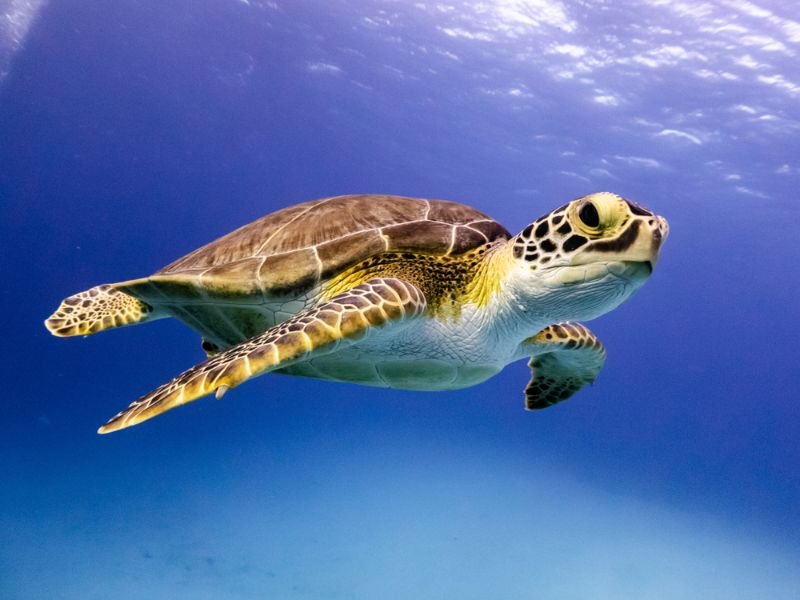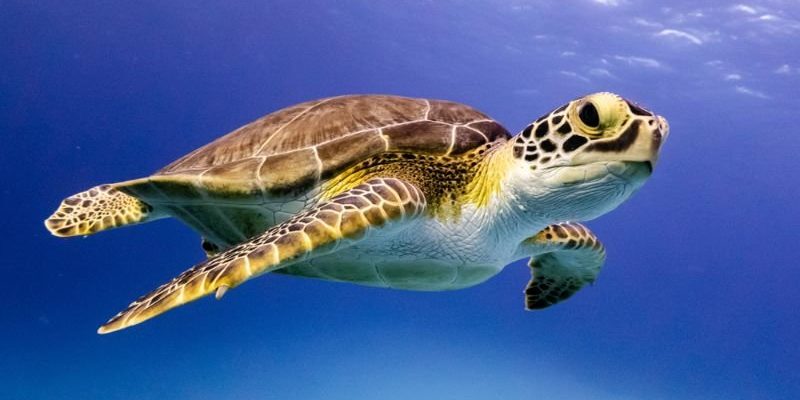
You might be wondering how we got to this point. Over the years, various threats have pushed turtle populations to the brink. From habitat destruction to climate change, these challenges are like a series of waves crashing down on a fragile shore. But here’s the good news: many organizations and committed individuals are working tirelessly on conservation efforts to help protect these incredible creatures. Let’s dive into the world of turtles, explore the reasons they’re endangered, and uncover how we can help them survive.
Why Are Turtles Endangered?
One of the biggest threats to turtles is habitat loss. As we build cities, roads, and farms, we often destroy the wetlands, beaches, and forests that turtles call home. Think of it like knocking down a person’s house. They’ll be left without a place to live, and that’s exactly what’s happening to turtles all over the world. Coastal development takes a huge toll on nesting sites, while pollution poisons their natural environment.
Another significant threat is poaching and illegal trade. Turtles are often hunted for their shells, meat, or even as pets. You might have seen turtle shells being sold as decorations or heard of someone keeping a turtle in a small tank at home. Although this might seem harmless, capturing turtles from the wild disrupts their populations and can lead to drastic declines in their numbers.
Climate change is also shaking things up. Rising temperatures and changing weather patterns affect nesting sites and sea levels. For instance, female turtles rely on the temperature of the sand to determine the sex of their hatchlings. Warmer sands can lead to more females being born, which further threatens the balance of future turtle populations.
Types of Endangered Turtles
There are several types of turtles, and unfortunately, many of them are endangered. The hawksbill turtle, for example, is critically endangered, mostly due to illegal trade and the loss of coral reefs. Hawksbills play a crucial role in maintaining coral health, so their decline is a big worry for marine ecosystems.
Another turtle to be concerned about is the loggerhead turtle, which is listed as vulnerable. These turtles are often caught in fishing nets, and their nesting sites are often disturbed by human activity. Loggerheads are known for their long migrations, sometimes traveling thousands of miles, which makes them particularly vulnerable to threats in multiple locations.
Let’s not forget the Eastern Box Turtle, a species that is particularly beloved in the U.S. Sadly, it’s also facing significant threats from habitat loss due to urban development and poaching. Their slow reproductive rate makes it difficult for populations to recover once they’ve been significantly reduced.
Conservation Efforts in Action
You might be curious about what’s being done to save turtles from their precarious state. Many organizations are stepping up to help. For instance, the World Wildlife Fund (WWF) and Sea Turtle Conservancy are actively working on conservation projects. These groups focus on protecting nesting sites, promoting sustainable fishing practices, and raising awareness about turtle conservation.
Community involvement is another important piece of the puzzle. Local groups often conduct beach clean-ups to remove trash that can harm nesting turtles. Many areas have trained volunteers to monitor nesting sites during the season, ensuring that the eggs are safe from predators and human disturbance.
Legal protections also play a crucial role in conservation efforts. Many countries have laws in place to protect endangered turtle species, making it illegal to hunt, capture, or trade them. Organizations work closely with governments to enforce these regulations and create protected areas where turtles can thrive.
How You Can Help Protect Turtles
You don’t need to be a scientist or a conservationist to make a difference for turtles. Here are a few simple steps you can take:
- Reduce plastic usage: Plastics can end up in oceans and harm turtles. Try to use reusable bags, bottles, and straws to minimize waste.
- Support conservation organizations: Consider donating to or volunteering with local groups that focus on turtle conservation.
- Spread awareness: Share information about endangered turtles on social media or among friends and family. The more people know, the more they can help!
- Be a responsible pet owner: If you’re thinking about getting a turtle as a pet, adopt from a shelter rather than buying one from a store.
Even small actions can lead to big changes. Just think of it as a ripple effect; one person making a choice can inspire others to follow.
The Future of Turtles
So, what’s the next chapter for turtles? The future is uncertain yet hopeful. With ongoing conservation efforts and public awareness, there’s a chance that these ancient mariners can rebound. We need to keep advocating for their protection and support policies that help preserve their habitats.
Imagine a world where turtles continue to roam our oceans and beaches, fulfilling their role in the ecosystem for generations to come. That future is possible if we all pitch in.
Wrapping Up: Join the Cause
Understanding the plight of turtles is the first step toward helping them thrive. From habitat destruction to climate change, the challenges they face are daunting, but many organizations and individuals are dedicated to their protection. Whether it’s through advocacy, education, or simply being more mindful of our impact on the environment, every little bit counts.
So, the next time you see a turtle—whether in nature, a documentary, or even a pet store—remember their journey and what’s at stake. Together, we can help ensure that the stories of these remarkable creatures continue for many years to come.

